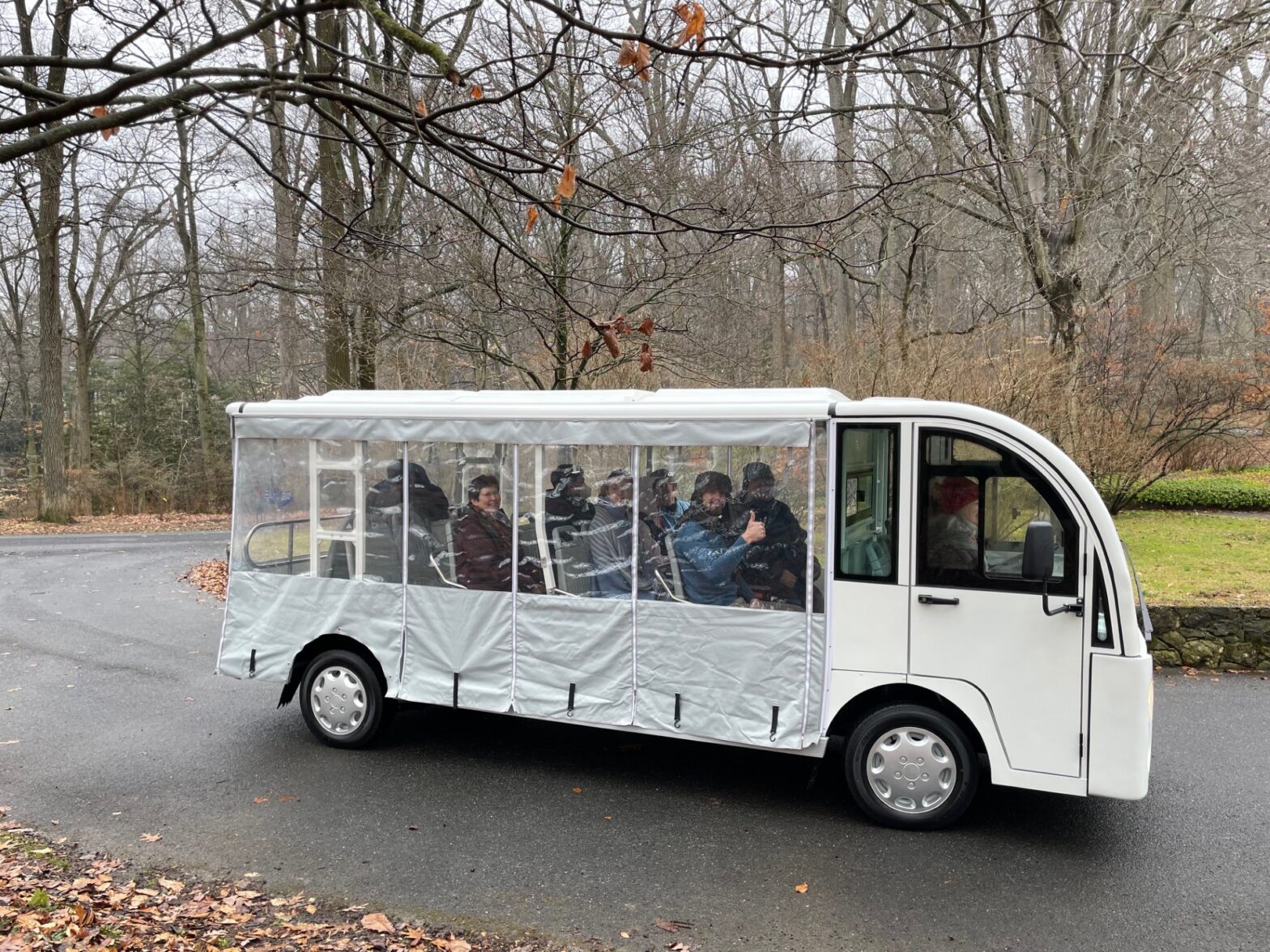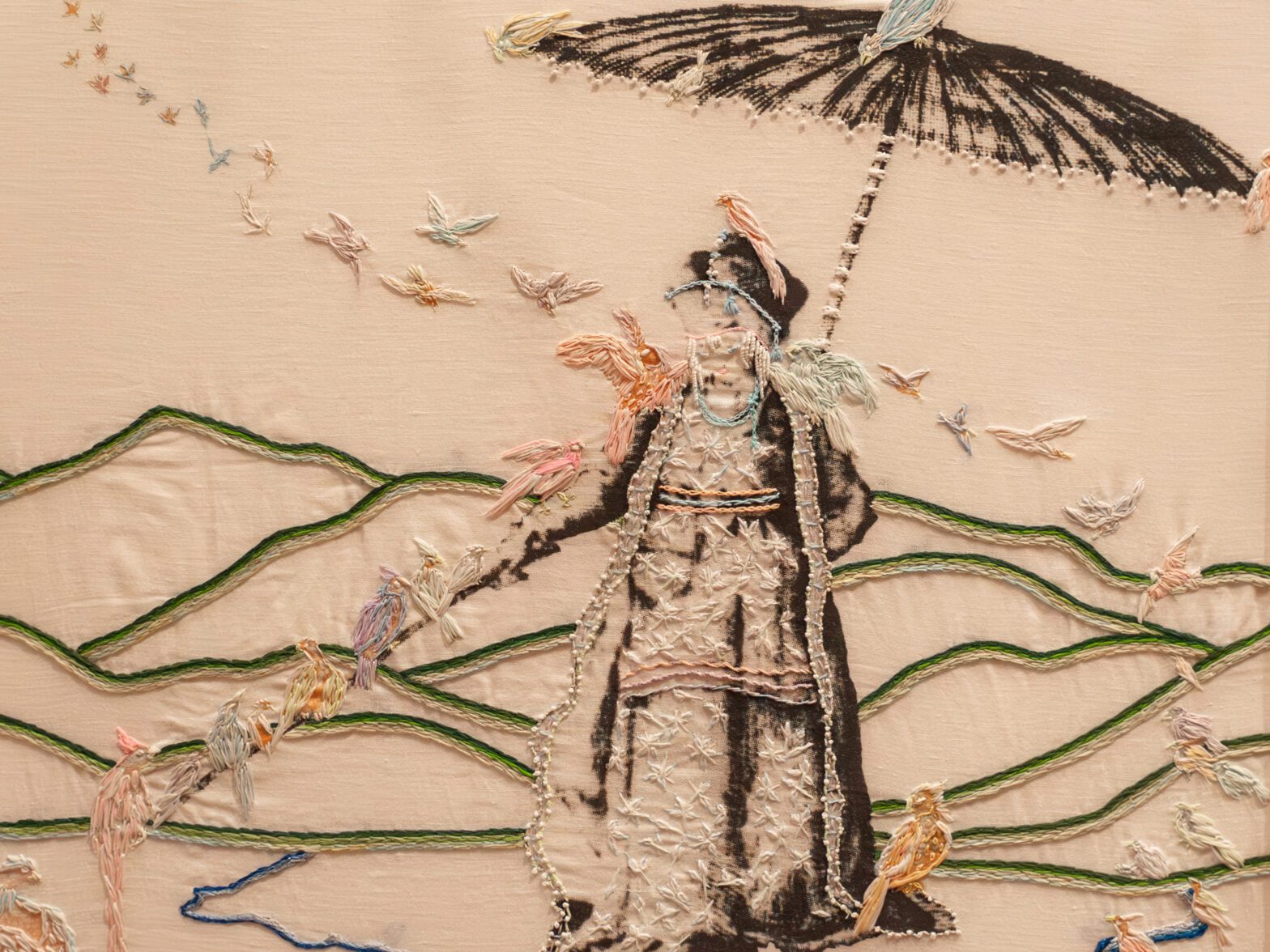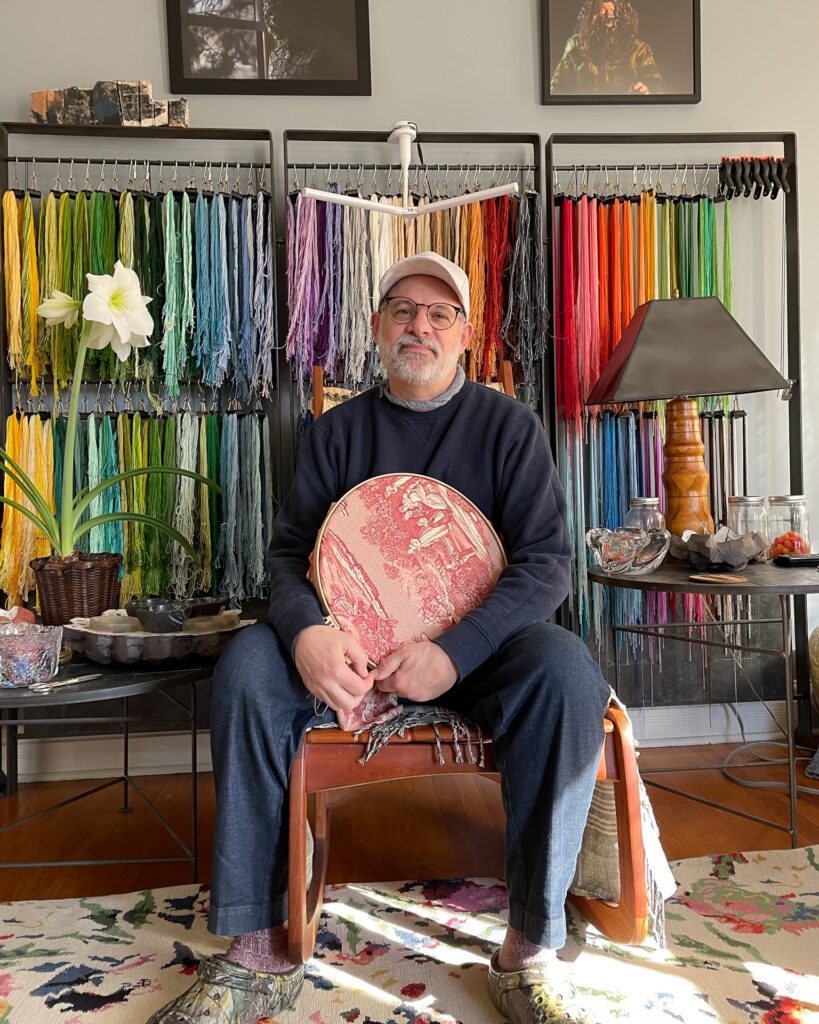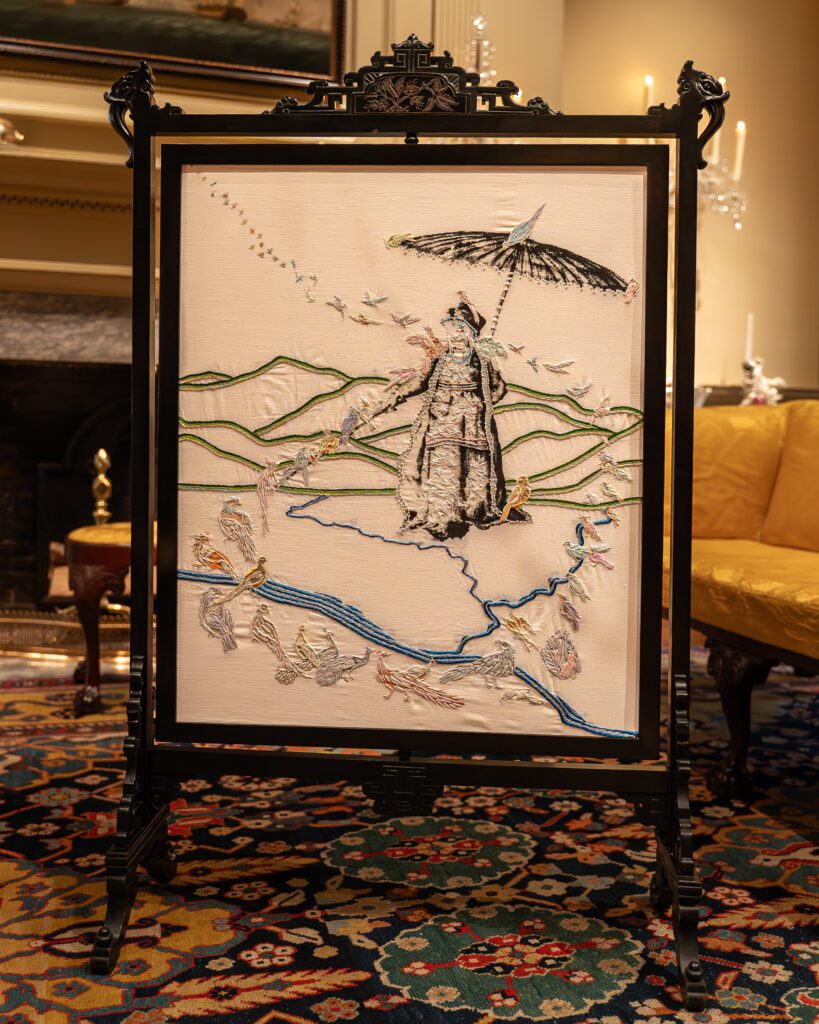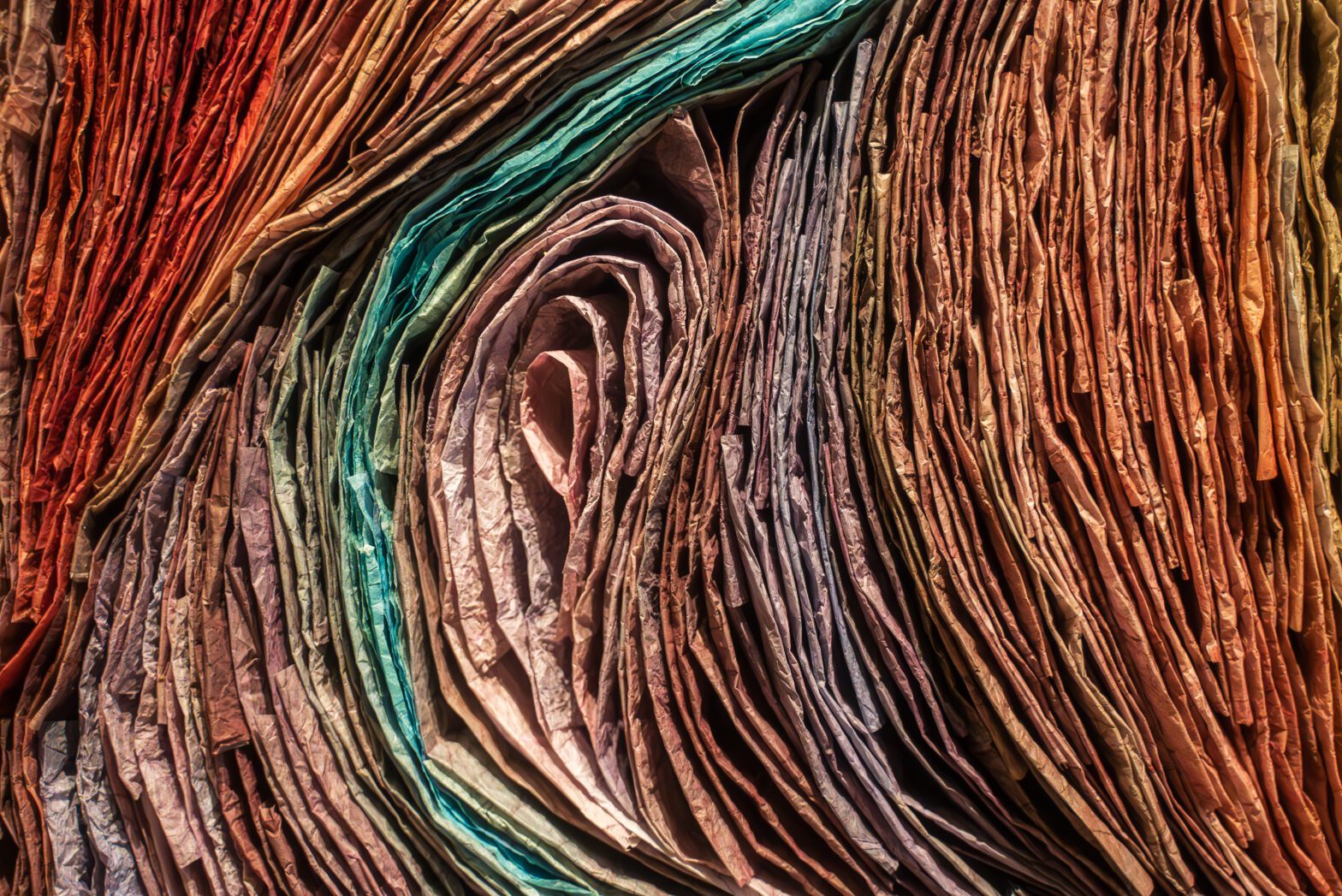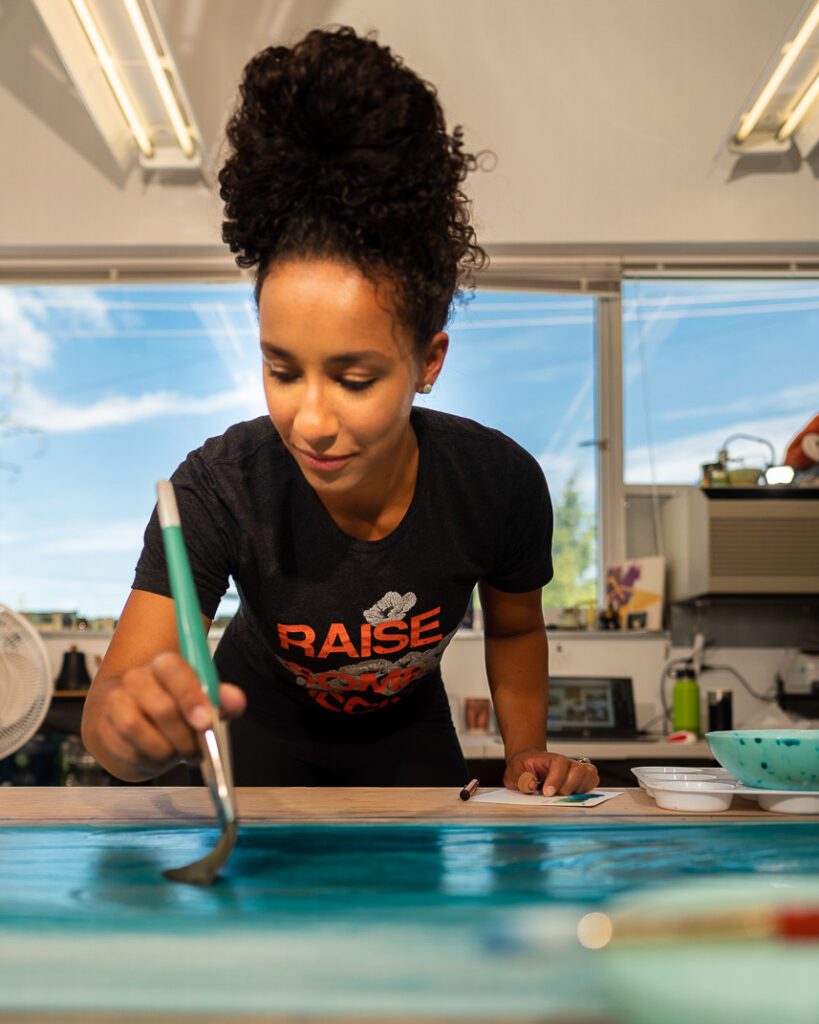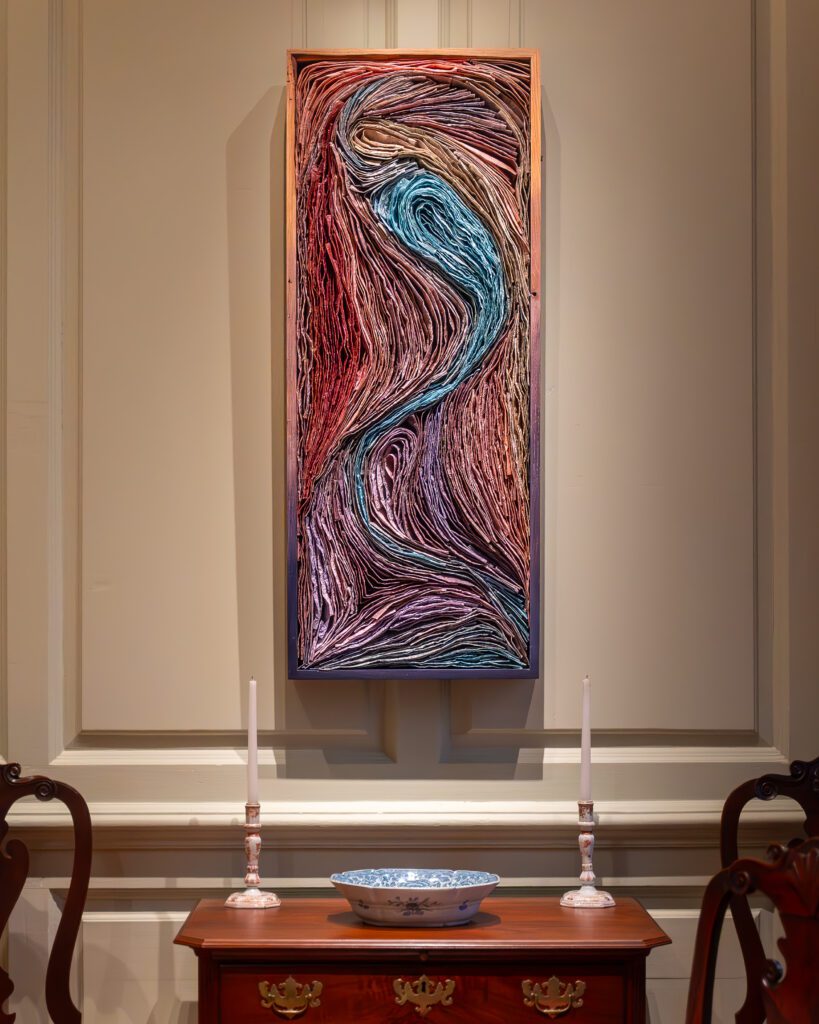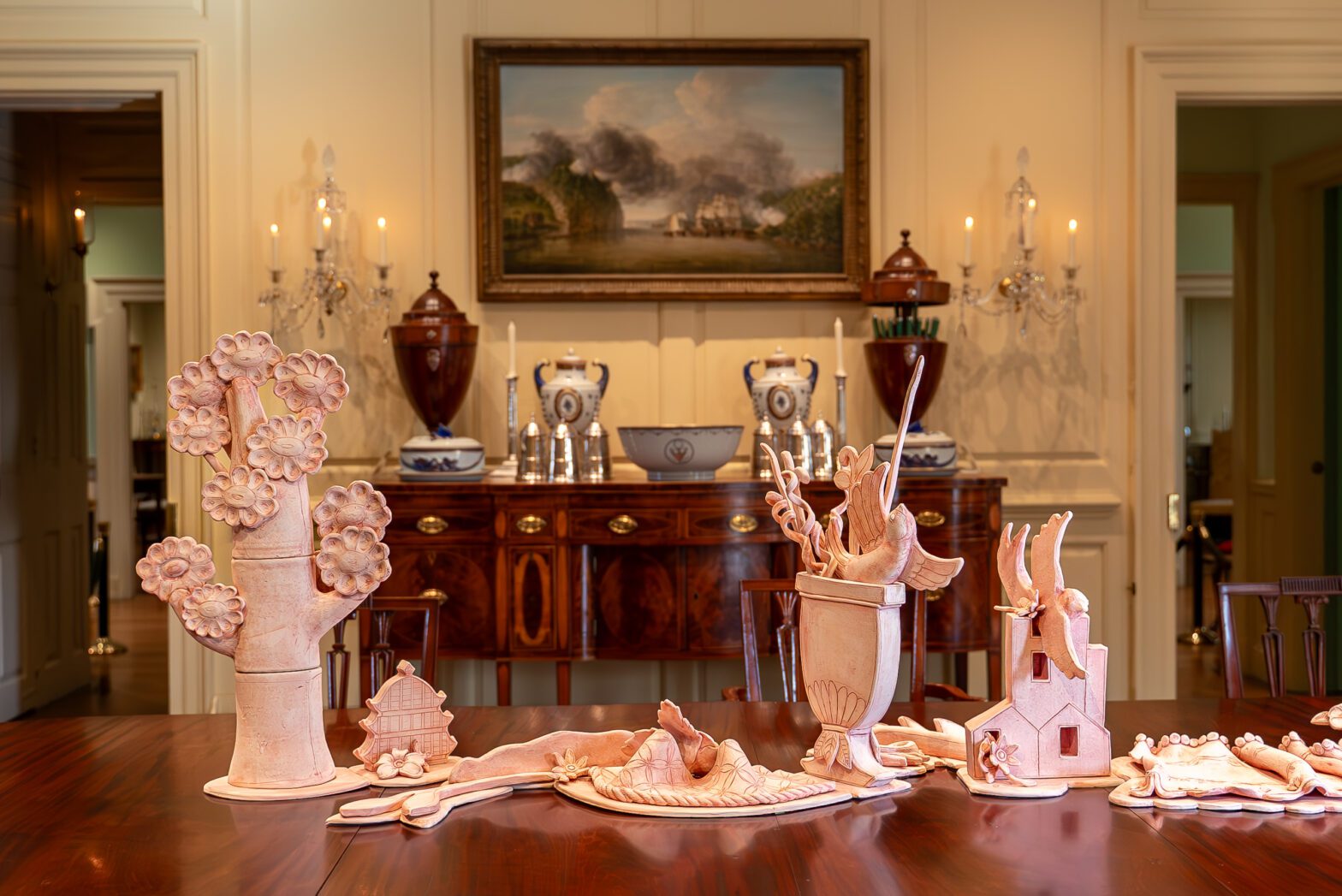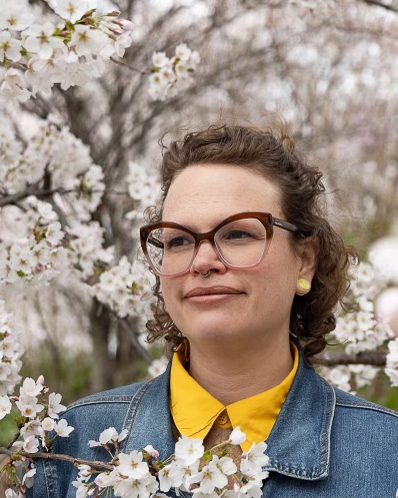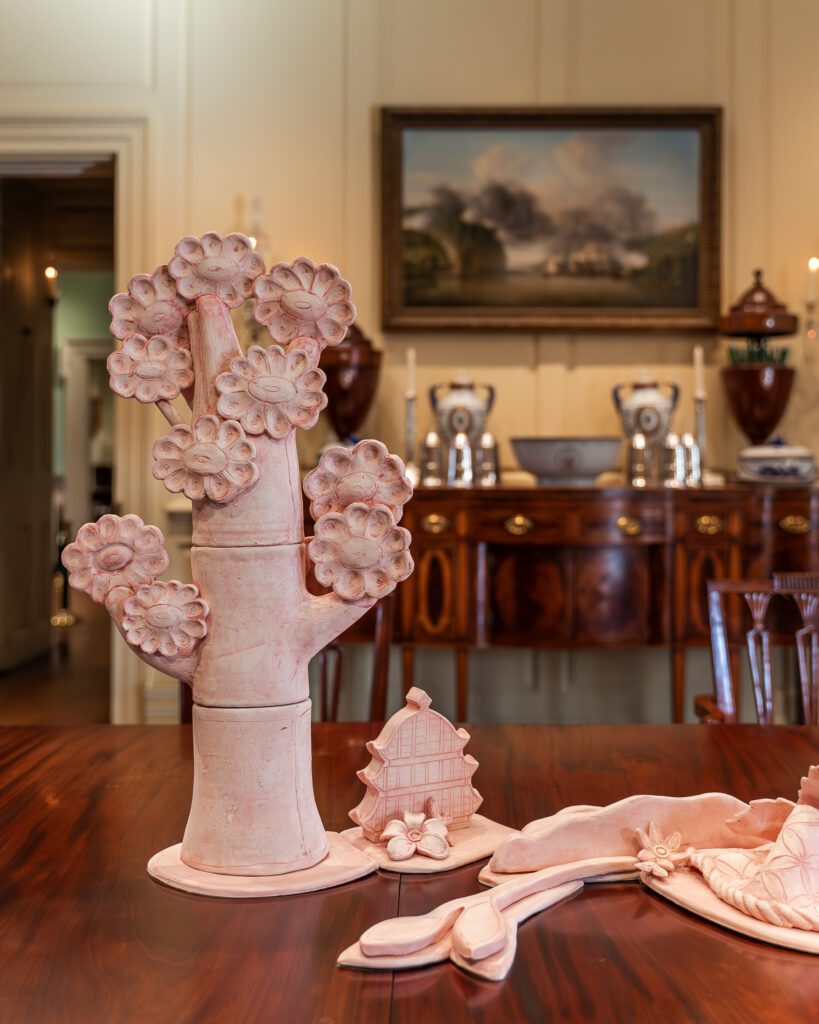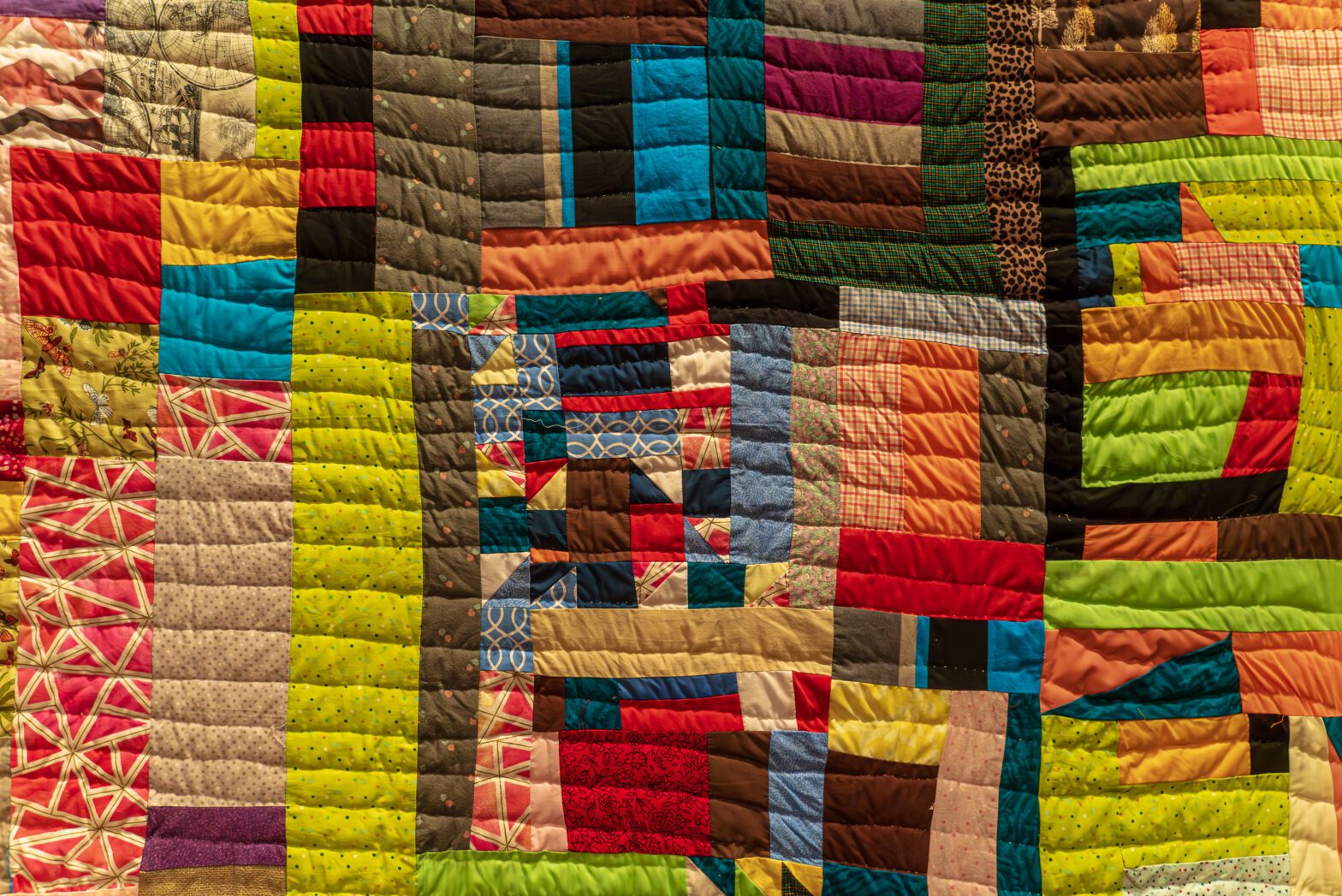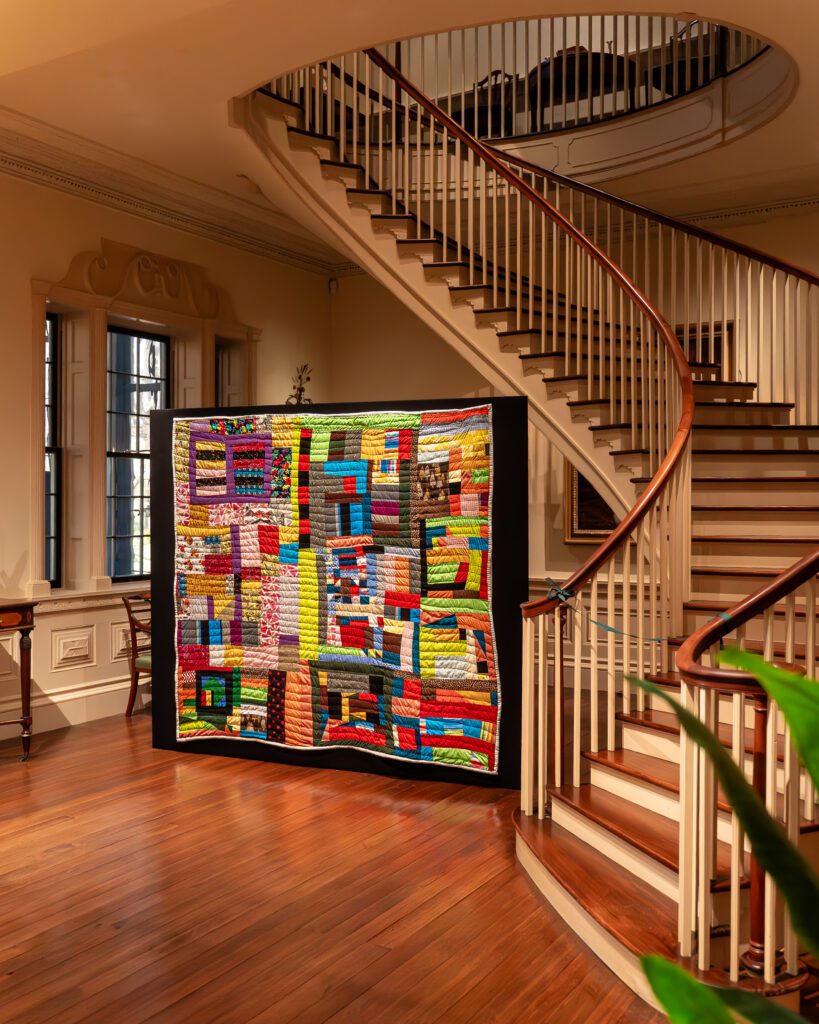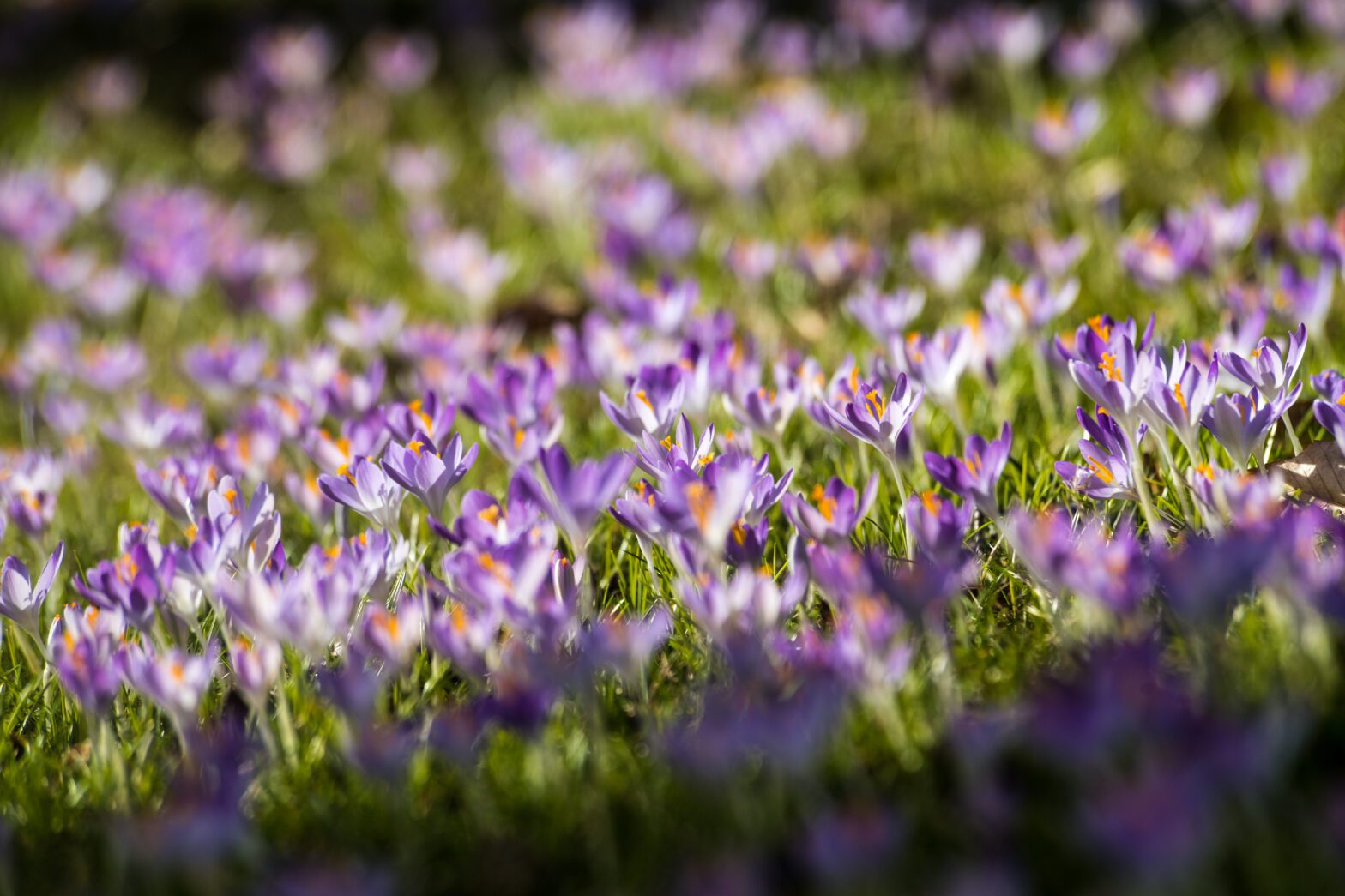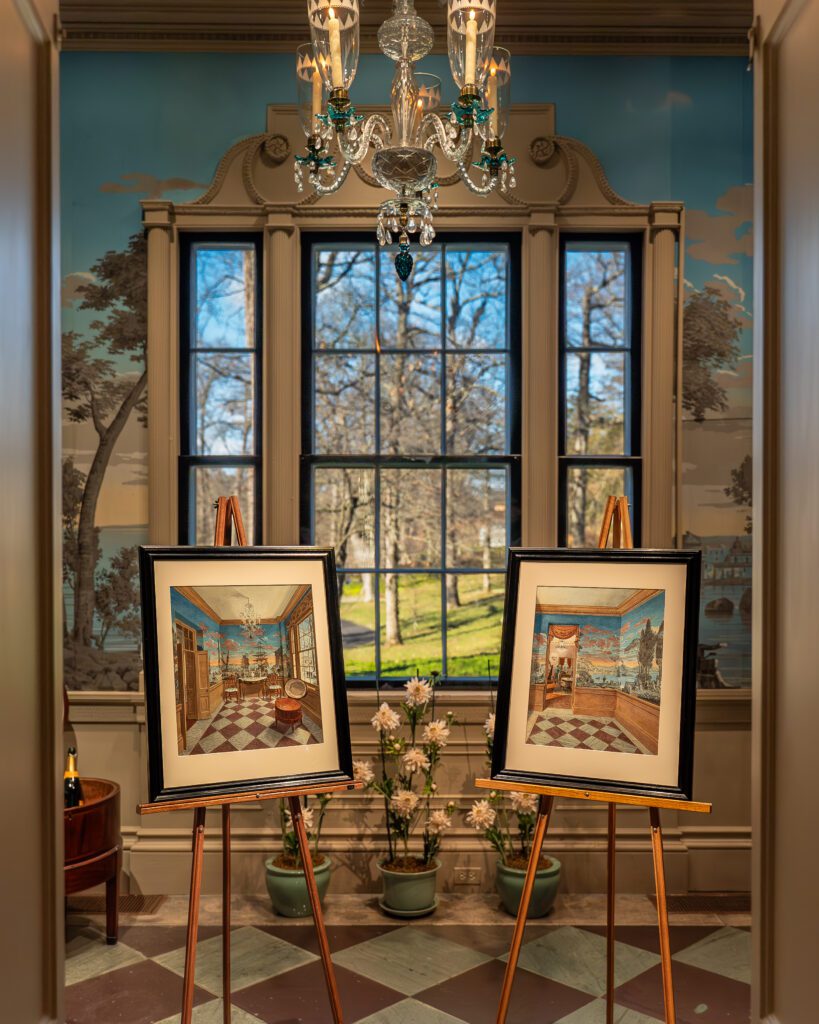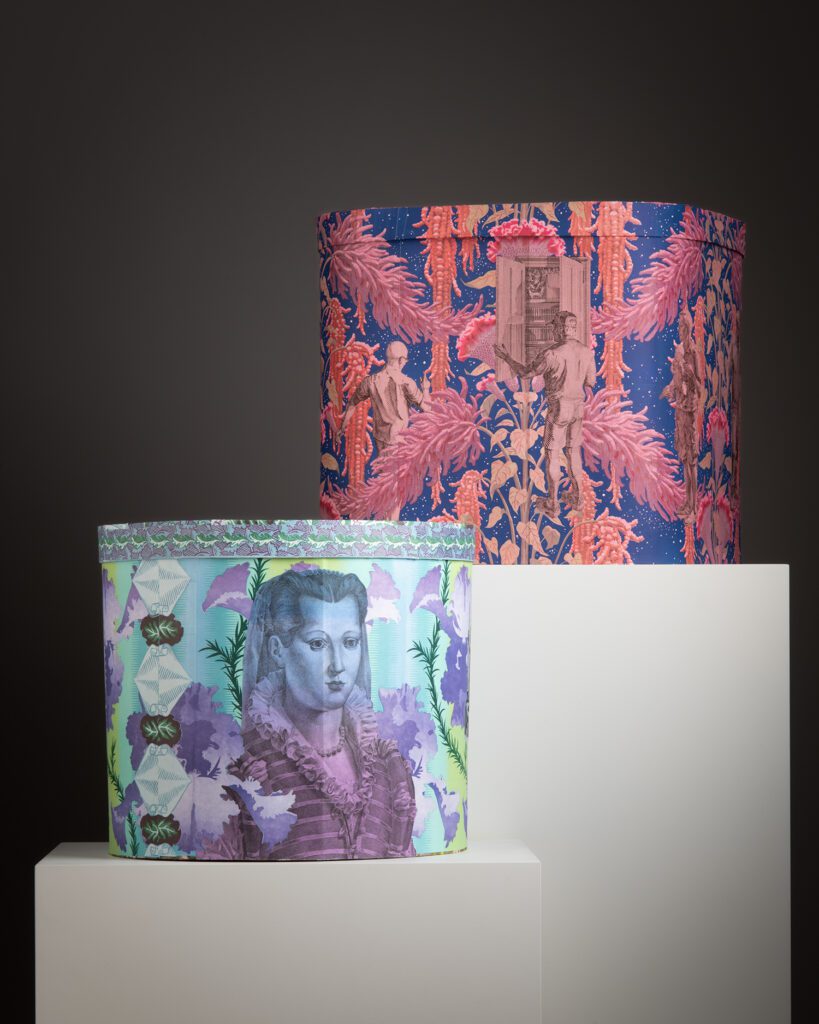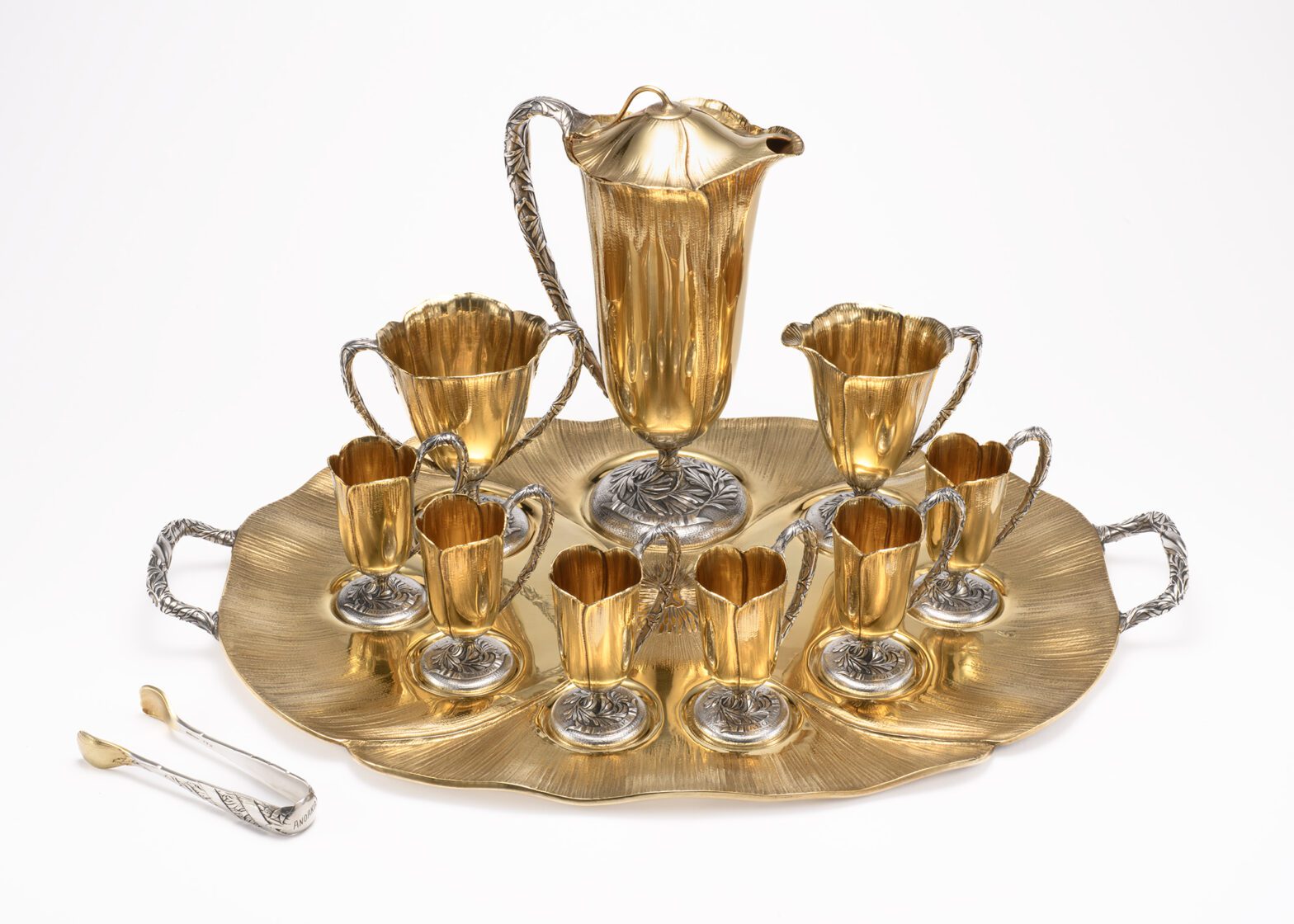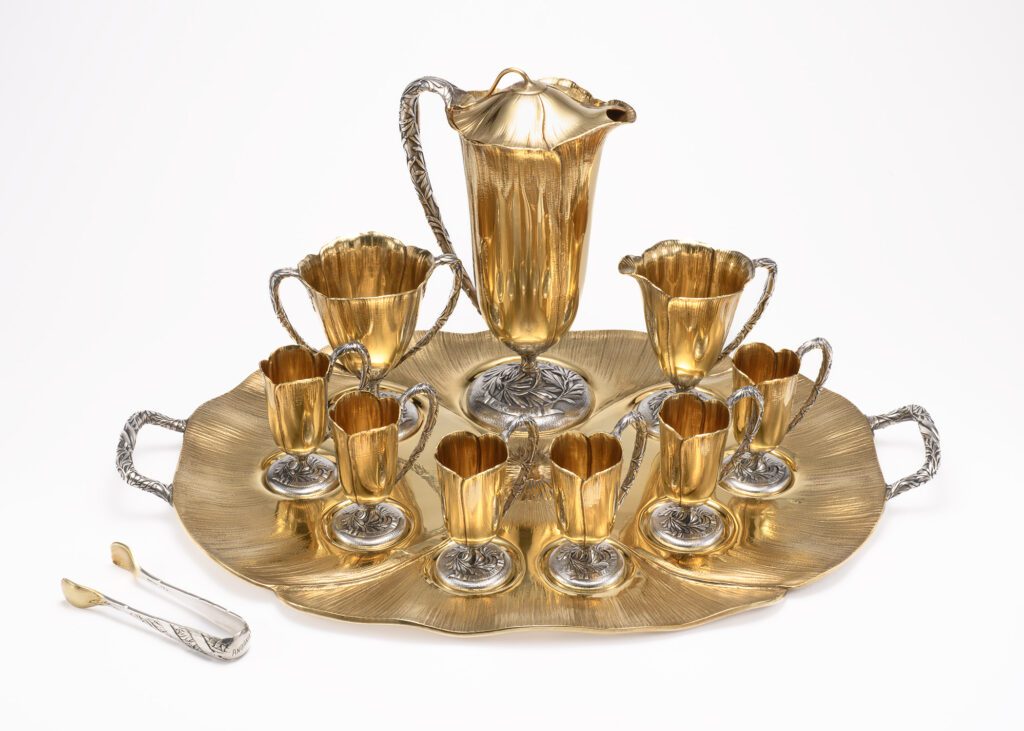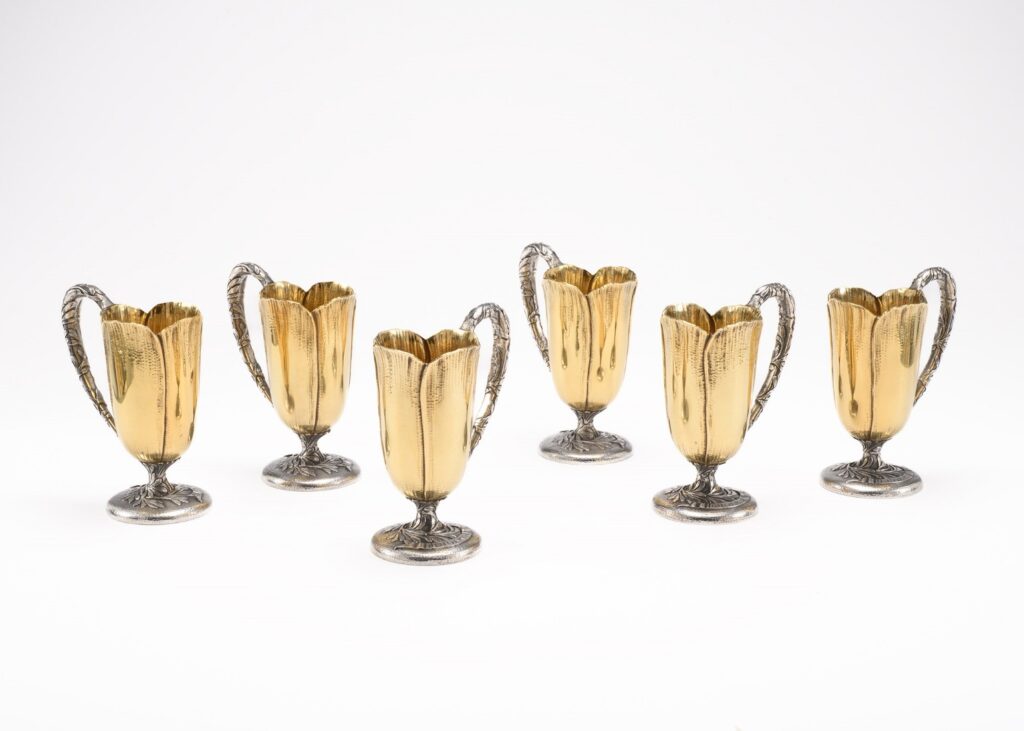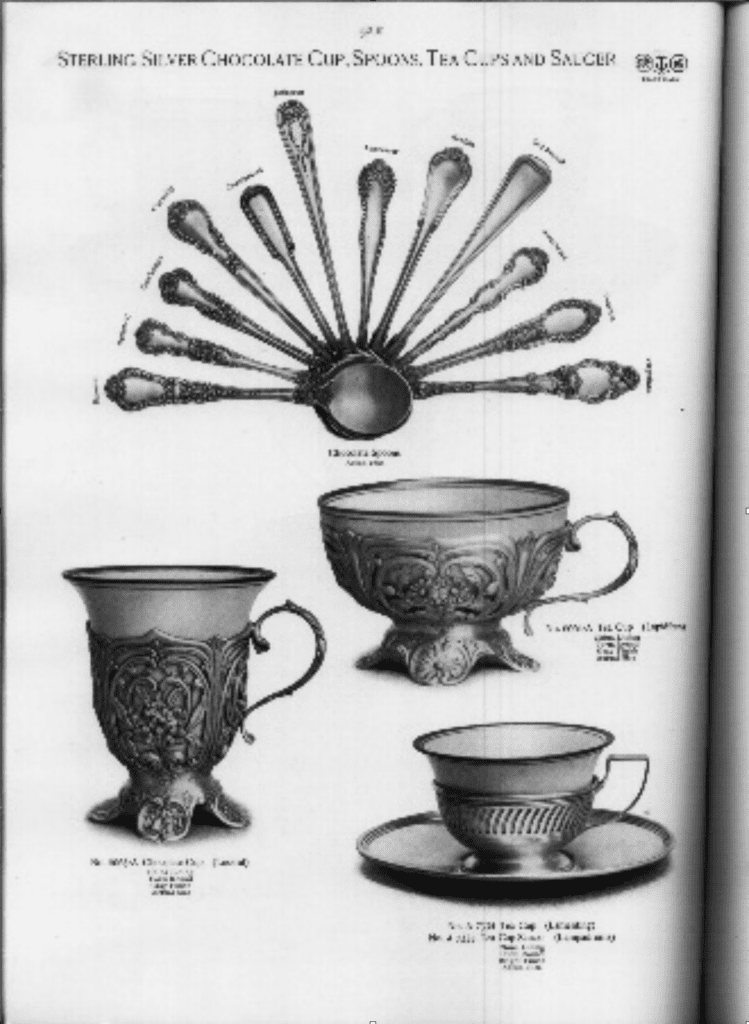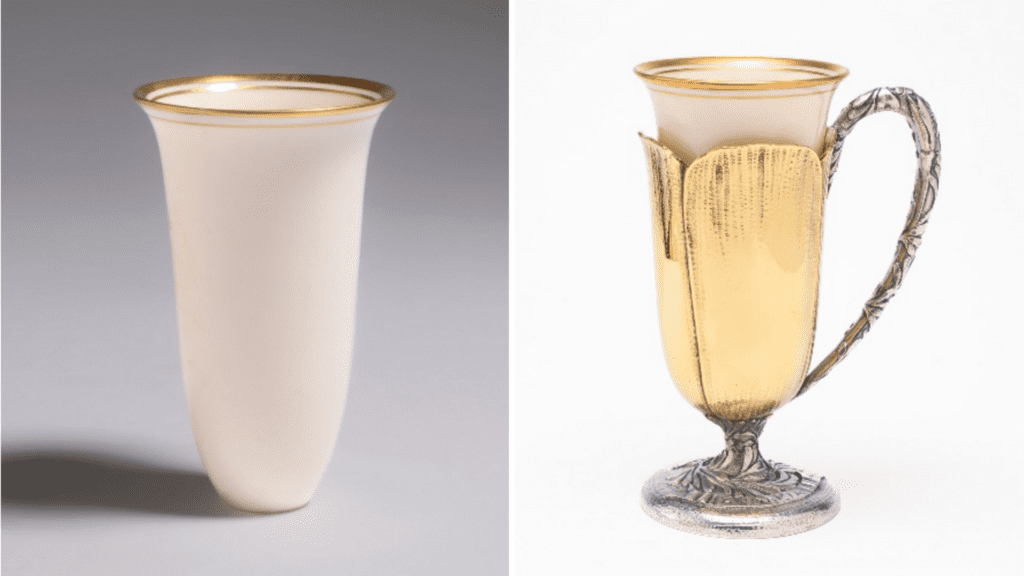Winterthur staff recently enjoyed a serene journey around the estate aboard the museum’s inaugural—and pleasantly quiet—electric tram.
Priced at just over $70,000, the electric tram comes with a significant advantage: it’s approximately 40 percent cheaper than its gas-powered counterpart. During a recent test run with various staff taking turns on board, the tram gracefully traversed the garden paths for three hours, utilizing only half of its battery charge.
Eileen Scheck, manager of tour programs, said staff affectionately dubbed the tram “EVelina.”
The name was chosen, not just because of the play on the term “EV” for “electric vehicle,” but also for du Pont ancestor Evelina Gabrielle du Pont Bidermann (1796-1863), the first generation of du Ponts to garden at Winterthur.
Plans are underway to procure more electric trams if EVelina proves to be a success.
Charging EVelina is a breeze, with dedicated outlets conveniently located in a barn on the estate. With Winterthur boasting 118 buildings across nearly 1,000 acres, this strategic placement ensures easy access for maintenance and charging, said John Castle, director of facilities services.
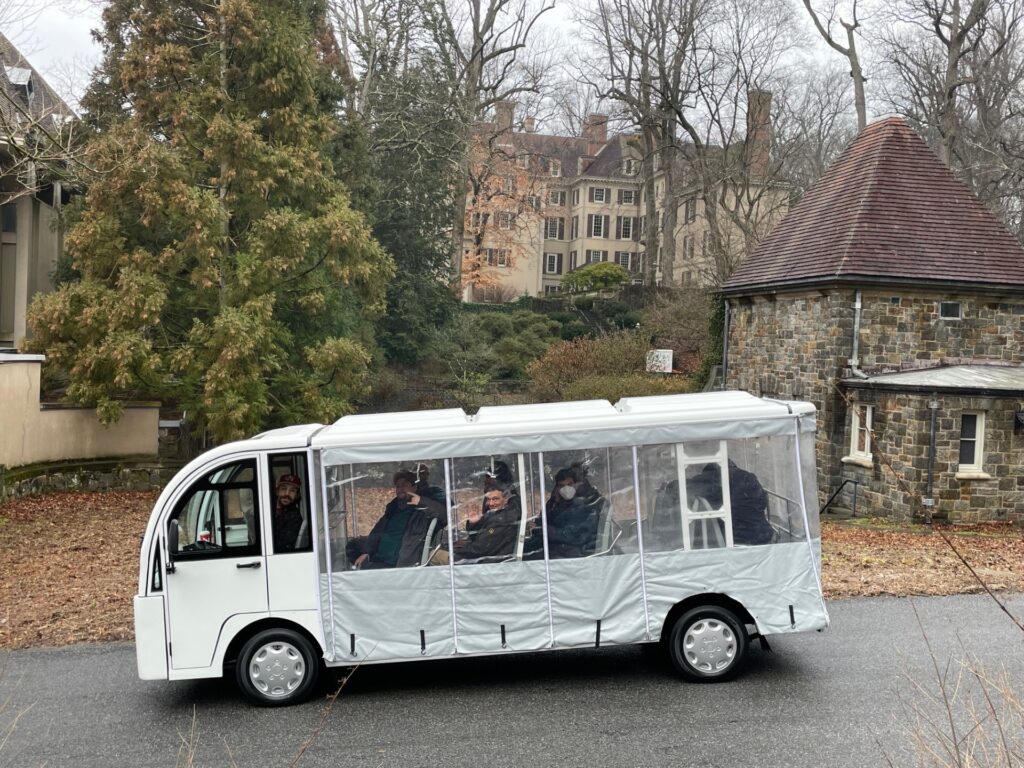
Scheck praised EVelina’s agility, noting its narrower frame effortlessly navigated the estate’s winding pathways and Garden Lane. It’s a seamless addition to Winterthur’s fleet, which now includes six vehicles for guided tours: four gas-powered trams, one wheelchair-accessible garden bus, and EVelina.
“The introduction of our electric-powered tram enhances the multi-sensory experience of our open-air tours,” remarked Scheck. “Visitors can now engage fully in the sights, sounds, and scents of the garden, making for an unforgettable journey.”
With EVelina leading the charge, Winterthur continues to embrace innovation while preserving its rich heritage, offering visitors an eco-friendly and immersive way to explore the estate’s natural beauty.
The next time you come to explore our gardens on a guided Garden Tram Tour, be on the lookout for our very own electric tram and experience for yourself the gentle serenity of a ride aboard EVelina.

